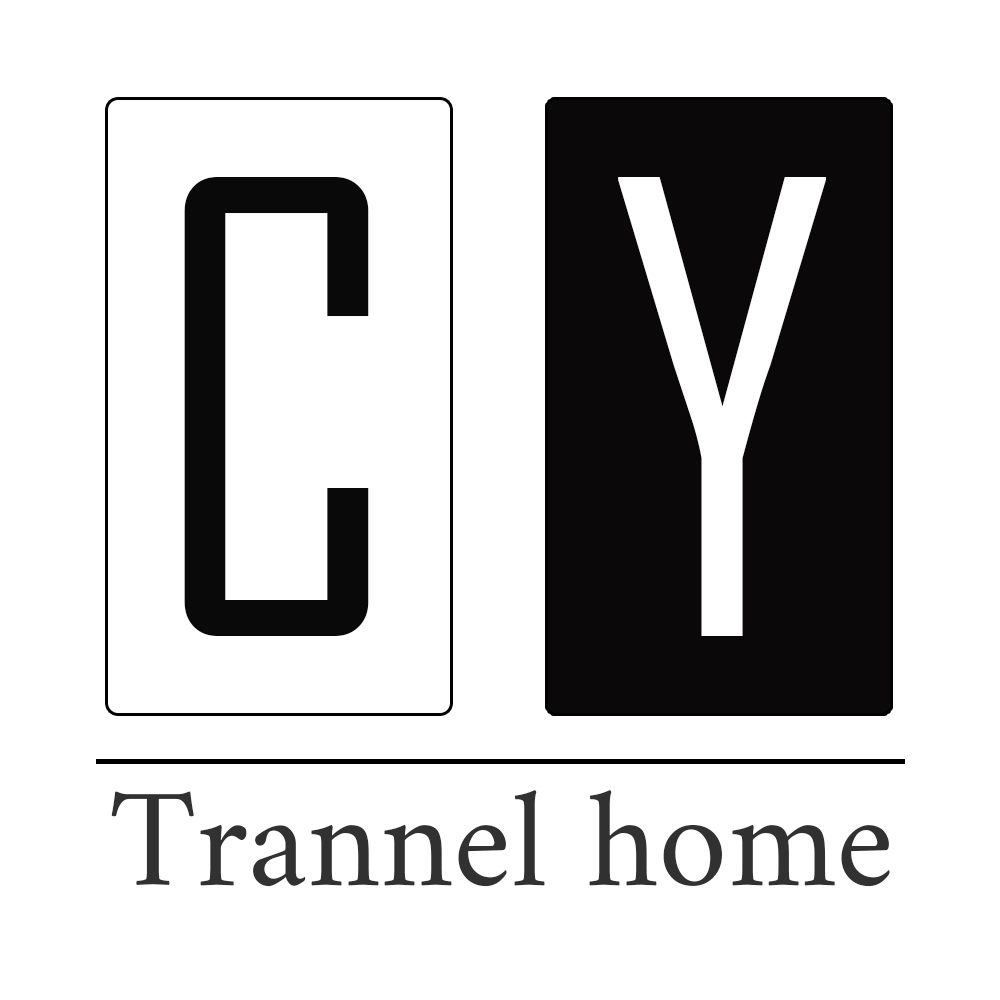As one of the most lucrative furniture markets in Europe, the UK offers significant opportunities for solid wood upholstered furniture manufacturers worldwide. With a strong demand for high-quality, durable, and stylish furniture, the UK presents an attractive market for Chinese manufacturers seeking to expand their export operations. However, to tap into this potential, manufacturers must stay ahead of emerging trends and adapt their offerings to meet the evolving preferences of UK consumers.
In this blog, we’ll explore the key trends shaping the future of solid wood upholstered furniture exports to the UK, along with the opportunities that Chinese suppliers can seize to gain a competitive edge.
1. Sustainability and Eco-Friendly Practices Take Centre Stage
Sustainability has become a central theme in the UK furniture market, with consumers increasingly seeking environmentally friendly products. From reducing waste to sourcing ethically, UK buyers are highly conscious of the environmental impact of their purchases. This trend presents a major opportunity for Chinese solid wood upholstered furniture suppliers who prioritize sustainability in their manufacturing processes.
Opportunities:
- Sustainable Materials: There’s a growing demand for furniture made from responsibly sourced wood, such as FSC-certified timber. Chinese manufacturers can capitalize on this by offering products that meet international sustainability certifications and using eco-friendly materials for upholstery, such as organic cotton, wool, and vegan leather.
- Green Manufacturing: Highlighting energy-efficient production processes, waste reduction, and minimal chemical use in finishes and dyes will resonate with UK consumers who prioritize eco-friendly purchases.
- Circular Economy Models: Offering take-back schemes for old furniture or designing pieces with long-lasting durability and recyclability could be an attractive selling point for the UK market.
By aligning their offerings with sustainability trends, Chinese manufacturers can tap into a growing segment of UK consumers who are committed to environmentally responsible purchasing.
2. Rising Demand for Customization and Personalization
Personalization is a significant trend across many sectors, and the furniture market is no exception. In the UK, consumers are increasingly looking for furniture that reflects their unique tastes and lifestyle. Offering customizable options in terms of size, finishes, colors, and upholstery fabric will become an essential strategy for success.
Opportunities:
- Custom Upholstery Options: Allow customers to choose from a variety of fabrics, from luxury velvet to practical performance fabrics, in a range of colors and patterns. This flexibility can help Chinese manufacturers cater to the diverse tastes of UK consumers.
- Tailored Sizes and Configurations: Many UK homes have specific space constraints, so offering customizable sizes for dining tables, chairs, and sofas can appeal to buyers with limited space. Modular designs that can be adjusted to fit different room sizes are also becoming more popular.
- Bespoke Designs: For a premium segment, offering fully bespoke furniture that is designed based on customer preferences could cater to high-end clients looking for unique pieces.
By offering customization options, Chinese manufacturers can create a more personalized shopping experience, increasing customer satisfaction and fostering brand loyalty.
3. Growth of the E-Commerce and Direct-to-Consumer (D2C) Model
The UK furniture market is rapidly embracing e-commerce, with more consumers opting to purchase furniture online. The shift toward online shopping, combined with the growing trend of direct-to-consumer (D2C) models, is transforming how consumers buy furniture. This shift presents both challenges and opportunities for Chinese manufacturers.
Opportunities:
- Online Showrooms and Virtual Tools: Chinese manufacturers can establish online showrooms and offer virtual tools that allow UK consumers to see how furniture pieces would look in their homes. Augmented reality (AR) features that let customers visualize furniture in their own spaces could become a powerful selling tool.
- D2C Sales Channels: By selling directly to UK consumers via e-commerce platforms or their own websites, Chinese suppliers can bypass intermediaries, offering competitive prices while maintaining control over branding and customer experience.
- Faster Delivery and Logistics: In the e-commerce space, delivery times are crucial. Building efficient logistics and offering fast delivery options, such as drop-shipping or direct shipping to UK customers, can provide a significant advantage in the competitive online marketplace.
By embracing the digital revolution and improving online visibility, Chinese manufacturers can increase their reach and better serve the growing number of UK consumers shopping online.
4. Interest in Multi-Functional and Space-Saving Furniture
As living spaces in the UK continue to shrink, especially in urban areas, there is an increasing demand for furniture that is both functional and space-efficient. Solid wood upholstered furniture that offers multiple uses or can be easily adapted to different living situations is gaining popularity.
Opportunities:
- Modular and Multi-Functional Designs: Furniture that can be reconfigured or serves multiple purposes, such as storage benches, extendable dining tables, or sofa beds, appeals to UK consumers looking for practicality and space-saving solutions.
- Compact Designs for Small Homes: With a growing trend towards urban living, offering smaller-scale furniture that retains functionality and comfort without occupying excessive space will be an attractive selling point.
- Furniture for Home Offices: The rise of remote working in the UK has led to an increased demand for home office furniture. Offering solid wood desks, ergonomic chairs, and customizable solutions that cater to home office needs will be a lucrative market for Chinese manufacturers.
Focusing on multi-functional, compact, and flexible designs will allow Chinese suppliers to meet the practical needs of UK consumers living in smaller homes or working from home.
5. Emphasis on Timeless and Classic Designs
While trends come and go, UK consumers tend to gravitate towards furniture that offers timeless appeal and longevity. The demand for traditional and classic furniture pieces is expected to continue, particularly as consumers seek investments in durable, high-quality pieces that won’t go out of style.
Opportunities:
- Classic Design Features: Solid wood furniture with classic British design elements, such as English-style dining chairs, traditional armchairs, or period-inspired sofas, will remain in demand. These pieces often feature intricate woodwork, durable upholstery, and elegant details.
- Longevity and Durability: UK consumers are willing to invest in quality furniture that lasts. Highlighting the durability of solid wood and the long-lasting nature of your products can reassure buyers that they are making a worthwhile investment.
- Heritage and Craftsmanship: Many UK consumers value craftsmanship and authenticity. Emphasizing the traditional techniques used in the manufacturing process, such as hand-finishing, quality wood joinery, and the craftsmanship behind each piece, will appeal to UK buyers who are seeking investment-worthy, heirloom pieces.
By focusing on timeless designs and highlighting the long-term value of solid wood furniture, Chinese manufacturers can cater to UK consumers seeking quality and durability.
6. Focus on Local Trends and Regional Preferences
The UK is diverse in its design preferences, with different regions favoring specific styles. For example, consumers in London may prefer contemporary or minimalist designs, while those in rural areas might favor more traditional or rustic furniture. Understanding these regional preferences can help Chinese manufacturers target specific segments effectively.
Opportunities:
- Regional Design Variations: Tailor collections to suit regional tastes within the UK, such as offering more contemporary designs for urban areas and traditional, rustic options for rural markets.
- Collaborations with Local Designers: Partnering with UK-based interior designers or collaborating with British design firms can help Chinese manufacturers create products that align with local preferences, helping to gain market trust and recognition.
- Customization for Regional Tastes: Offering designs that reflect the preferences of specific UK regions can help Chinese manufacturers create a deeper connection with consumers and foster a sense of local relevance.
By researching and adapting to regional tastes, Chinese suppliers can better cater to the diverse preferences of UK consumers, increasing their market share.
Conclusion
The future of solid wood upholstered furniture exports to the UK is bright, with significant opportunities for Chinese manufacturers to grow and succeed in this competitive market. By aligning with emerging trends—such as sustainability, customization, e-commerce growth, and multi-functional designs—Chinese suppliers can tap into the increasing demand for high-quality, stylish, and practical furniture.
The key to success lies in understanding the evolving needs of UK consumers and adapting product offerings to meet those needs. By focusing on craftsmanship, quality, and design trends, Chinese manufacturers can establish a strong presence in the UK market and build long-lasting relationships with UK consumers.



